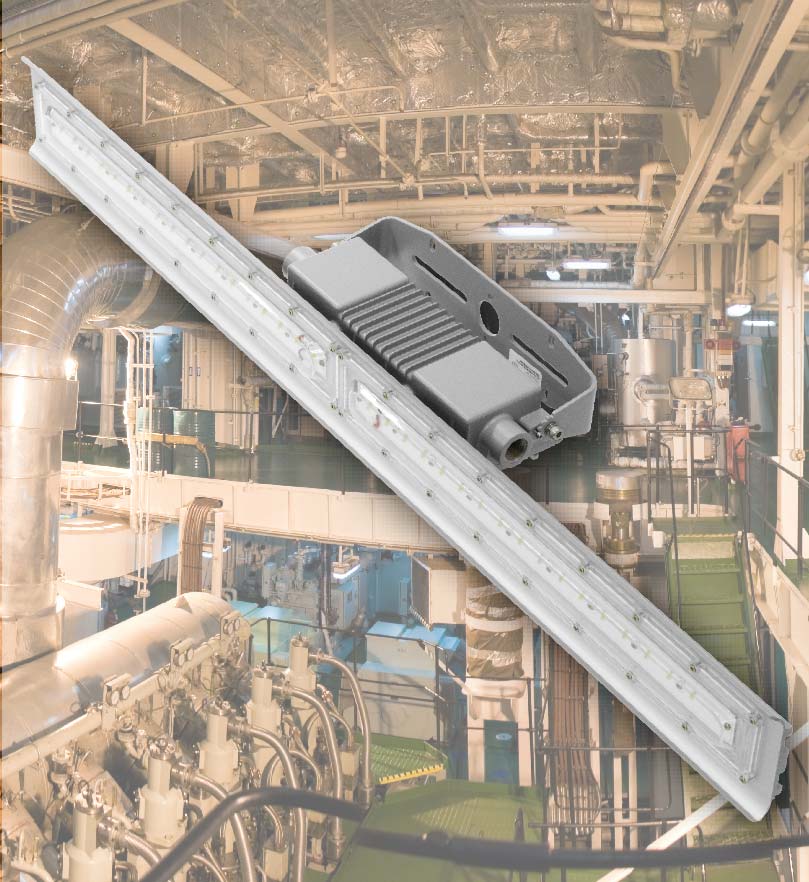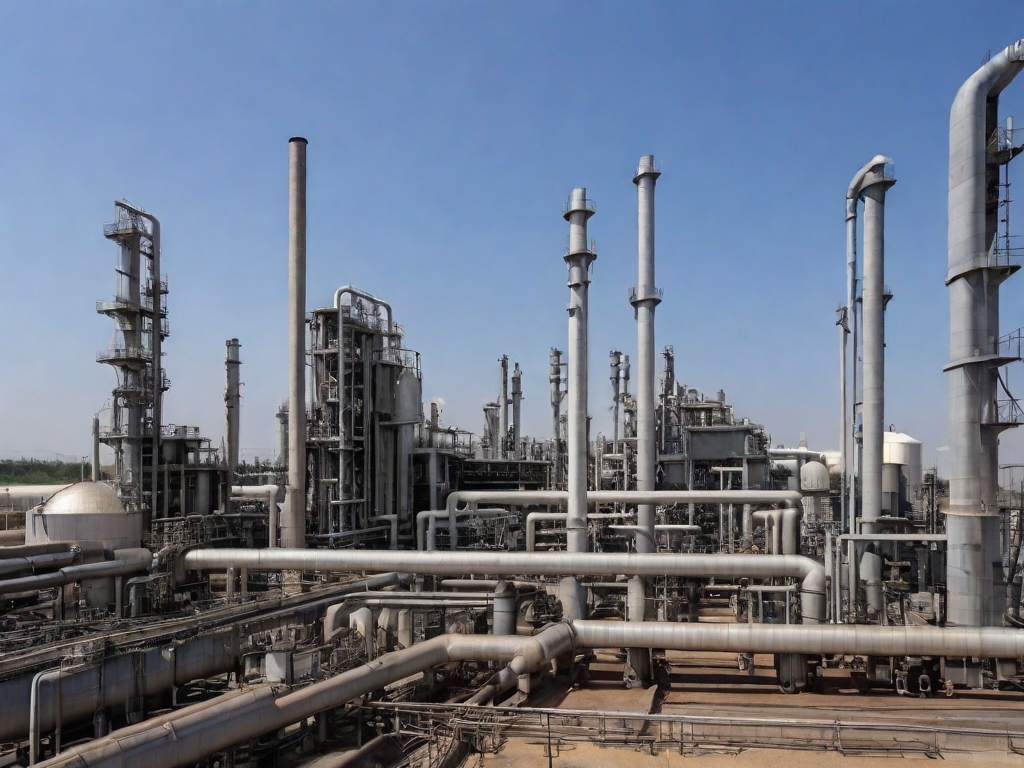As the world continues to grapple with the effects of climate change, industries are increasingly adopting sustainable practices. One such practice is the use of intrinsically safe lighting. This article, brought to you by the Intrinsically Safe Store, explores the role of intrinsically safe lighting in promoting sustainable industrial practices. We invite you to visit our website to learn more about our range of intrinsically safe products.
Understanding Intrinsically Safe Lighting
Intrinsically safe lighting is designed to operate in hazardous environments without causing ignition. These lights are engineered to limit electrical and thermal energy to a level below what is required to ignite a specific hazardous atmospheric mixture. This makes them an essential tool in industries such as oil and gas, mining, and chemical processing.
The Sustainability Factor
Intrinsically safe lighting contributes to sustainability in several ways. Firstly, these lights are energy-efficient, consuming less power compared to traditional lighting systems. Secondly, they have a longer lifespan, reducing the need for frequent replacements and thus minimizing waste. Lastly, their ability to operate safely in hazardous environments reduces the risk of accidents, promoting a safer and more sustainable work environment.
Case Study: The Oil and Gas Industry
The oil and gas industry provides a compelling example of the role of intrinsically safe lighting in sustainable practices. In this industry, the risk of explosion is high due to the presence of flammable gases. The use of intrinsically safe lighting significantly reduces this risk, promoting safety and sustainability. According to a report by the U.S. Department of Energy, energy-efficient practices such as the use of intrinsically safe lighting can reduce energy consumption in the oil and gas industry by up to 18%.
Benefits of Intrinsically Safe Lighting
Enhanced safety: Intrinsically safe lights are designed to operate safely in hazardous environments, reducing the risk of accidents.
Energy efficiency: These lights consume less power compared to traditional lighting systems, contributing to energy conservation.
Long lifespan: Intrinsically safe lights have a longer lifespan, reducing the need for frequent replacements and minimizing waste.

In conclusion, intrinsically safe lighting plays a crucial role in promoting sustainable industrial practices. By enhancing safety, conserving energy, and minimizing waste, these lights contribute significantly to sustainability. As industries continue to seek ways to reduce their environmental impact, the adoption of intrinsically safe lighting is likely to increase. For more information on intrinsically safe lighting and other intrinsically safe products, visit the Intrinsically Safe Store or contact us today.


























